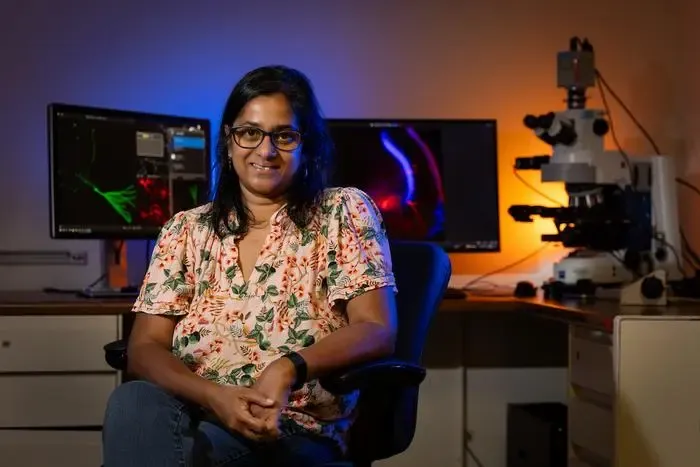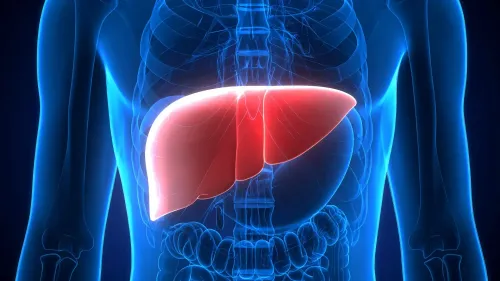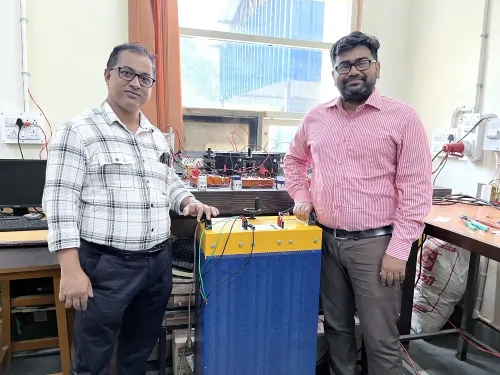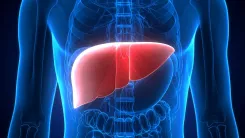Indian-Origin Scientist Discovers Gene Linked to Autism and Seizures

New York, Jan 9 (NationPress) A team of researchers, led by Indian-origin neuroscientist Viji Santhakumar, has identified a gene that contributes to the development of behavioral changes linked to autism spectrum disorder and epilepsy.
The gene, known as neuropilin2, encodes a receptor that is crucial for cell-cell interactions in the brain and is instrumental in regulating the formation of neural circuits.
The study, published in Nature Molecular Psychiatry, provides a potential pathway for future treatments designed to ease some of the challenging symptoms associated with these frequently co-occurring conditions.
Previous research has associated mutations in neuropilin2 with neurological disorders such as autism and epilepsy, but the underlying mechanisms have largely remained obscure.
Santhakumar and her team at University of California–Riverside developed a mouse model to investigate the effects of the absence of the neuropilin2 gene.
They discovered that the lack of neuropilin2 hinders the migration of inhibitory neurons, disrupting the delicate equilibrium between excitatory and inhibitory signals in the brain.
“This disruption results in autism-like behaviors and an elevated risk of seizures,” stated Santhakumar, a professor of molecular, cell, and systems biology.
“The findings underscore how a single gene can affect both the excitatory and inhibitory systems within the brain. Our research indicates that impairing the development of inhibitory circuits is enough to trigger the co-occurrence of autism-related behaviors and epilepsy,” added Santhakumar.
By selectively removing neuropilin2 during a critical developmental period, the researchers noted impairments in the inhibitory regulation of the circuit, which resulted in deficits in behavioral flexibility, social interactions, and an increased susceptibility to seizures.
The results imply that targeting specific stages of neuronal development could pave the way for new therapeutic interventions, potentially preventing the emergence of these disorders if identified early.
“By isolating the role of inhibitory circuit formation, we might be able to create therapeutic strategies that enhance outcomes for individuals with autism, especially those who face seizures,” Santhakumar mentioned.
Santhakumar was joined in the study by Deepak Subramanian, Andrew Huang, and Samiksha Komatireddy from UC-Riverside; along with Carol Eisenberg, Jiyeon Baek, Haniya Naveed, Michael W. Shiflett, and Tracy S. Tran from Rutgers University.









